Best Bandsaw Blade Sharpener 2024
- March 20, 2024
- 0 comment
In the ever-evolving world of woodworking, the spotlight is on the best bandsaw blade sharpeners of 2024, a true game-changer for those who take pride in their craft. This isn’t just any tool; it’s your workshop’s new best friend, designed to breathe new life into your bandsaw blades with features that promise unmatched precision and ease of use. Imagine effortlessly bringing your blades back to their former glory, ensuring each cut is as perfect as the last. It’s more than just a sharpener; it’s a promise of smoother projects and a rekindled passion for woodworking.
Top 6 Best Bandsaw Blade Sharpeners
- Wood-Mizer BMS250 Bandsaw Blade Sharpener
- Woodland Mills RS30 PRO Bandsaw Blade Sharpener
- Cooks Saw Cat Claw Bandsaw Blade Sharpener
- Norwood Standard Bandsaw Blade Sharpener
- Frontier Bandsaw Blade Sharpener
- Woodland Mills RS8 Bandsaw Blade Sharpener
Key Specs
- Automation: Automatic
- Blade Capacity: 1″ – 2″ (25mm – 51mm)
- Power Source: 110V or 230V AC
- Portability: Not Portable
The BMS250 sharpener is engineered for professionals requiring efficient, accurate blade maintenance. It features a 1/4HP grinding motor and a 5″ diameter CBN wheel that sharpens the full profile of the blade, ensuring precise results. The direct drive from the AC motor and a hood that confines oil mist contribute to a cleaner sharpening environment, with an exhaust port for fume and mist removal. This sharpener boasts user-friendly design elements like an automatic shut-off sensor, an oil bath system with an easily removable pan and reservoir, and a blade wiper system. Blades ranging from 1″ to 2″ in width can be effortlessly adjusted with a single knob, and the grinding head retracts fully for easy blade insertion and removal, simplifying the setup process. The absence of a need for grinding wheel dressing or head adjustment for hook angles streamlines operation, making the BMS250 an ideal choice for professionals seeking time-efficient and reliable sharpening.
Key Specs
- Automation: Automatic
- Blade Capacity: 1″ – 1.5″ (25mm – 38mm)
- Power Source: 12V Battery
- Portability: Portable
The Woodland Mills RS30 PRO Sawmill Blade Sharpener, featuring a PRO CBN Grinding Disc, three Blade Profile Cams, and an auto-stop function, is designed to efficiently extend the life of sawmill blades. With a quick cycle time of under seven minutes, it’s ideal for both personal use and offering a community sharpening service, enhancing investment returns. Its sturdy, cross-braced stand, 12V battery operation (battery not included), and 2-speed settings ensure stability, portability, and precision. Capable of accommodating blades 1″ – 1.5″ wide with tooth pitches of 3/4″ – 1″, and adjustable for tooth rake angles of 7, 10, and 14 degrees, the RS30 PRO stands out for its versatility and consistent sharpening performance, even in remote locations.
Key Specs
- Automation: Automatic
- Blade Capacity: 1″ – 4″ (25mm – 101mm)
- Power Source: 120v AC
- Portability: Not Portable
The Cook’s Saw Cat Claw Blade Sharpener stands as a pinnacle of innovation in the blade sharpening arena, developed by Cook’s Saw Manufacturing, a company with over four decades of industry experience. This sharpener distinguishes itself with its robust build, designed to ensure stability and a consistent grind crucial for the precise sharpening of 1-inch to 2-inch wide blades. Its superior clamping system is a key feature, meticulously designed to eliminate blade movement during sharpening, thus guaranteeing the accuracy of each tooth’s sharpening. Equipped with poly V belts and a powerful half-horsepower motor, the Cat Claw Sharpener operates smoothly, maintaining an unwavering grinding speed essential for optimal sharpness. The machine’s preference for dry grinding offers a cleaner, less cumbersome sharpening process, while its innovative sweeper grind mechanism ensures uniform tooth height across the blade, a task challenging for plunge grinders. Moreover, the Cat Claw Sharpener’s adaptability to different tooth spacings without the need for grindstone changes further underscores its efficiency and versatility, making it a standout choice for professionals seeking reliability and precision in blade maintenance.
Key Specs
- Automation: Semi-Automatic
- Blade Capacity: Up to 1″ (25mm)
- Power Source: 110v AC
- Portability: Semi-Portable
The Norwood Standard Bandsaw Blade Sharpener is an invaluable asset for sawmill operators, especially suited for those working with challenging materials like hydro poles on the MX 34 sawmill. This sharpener adeptly extends the lifespan of blades dulled by embedded obstacles, initially using a standard Dremel blade and later enhanced by custom-made grinding stones from Norwood for superior precision. Its adjustable settings allow for meticulous control over the sharpening process, ensuring each tooth is precisely honed without unnecessary wear. With its ease of use and efficient performance, the sharpener embodies Norwood’s dedication to quality, offering a practical solution for maintaining optimal blade sharpness in demanding sawmill environments.
Key Specs
- Automation: Automatic
- Blade Capacity: 1-1/4″ to 1-1/2″ (32 mm to 38 mm)
- Power Source: 12V Battery
- Portability: Portable
The Frontier Blade Sharpener is an essential tool for maintaining optimal sawmill blade performance, ensuring straight, high-quality cuts and extending blade life. Designed for blades 1-1/4 to 1-1/2 inches wide with tooth spacing of 3/4 to 1-1/4 inches, it offers adjustable hook angles and precise sharpening, including the tooth face, gullet, and back, to prevent microscopic stress cracks and blade failure. With its grinding motor, stand, and support arms, the sharpener facilitates quick, automated sharpening, allowing for efficient operation even in remote locations thanks to its 12-volt power compatibility. Ideal for both personal projects and milling businesses, the Frontier Blade Sharpener is key to maximizing productivity and reducing costs by keeping blades razor-sharp.
Key Specs
- Automation: Automatic
- Blade Capacity: 1″ – 2″ (25mm – 51mm)
- Power Source: 110V or 230V AC
- Portability: Not Portable
The Woodland Mills RS8 sawmill blade sharpener offers a fully automatic solution for bandsaw blade maintenance, enhancing blade longevity and performance. Operable with a 12V battery, this sharpener is ideal for use in remote locations, featuring an automatic feeder arm and a cam-actuated grinding disc that efficiently sharpens both the face and gullet of each tooth. Designed to accommodate various blade specifications, the RS8 can adjust for tooth rake angles of 7, 10, and 14 degrees and is compatible with blades 1″ to 1.25″ wide and tooth pitches of 3/4″ to 1″. Regular sharpening after 2-4 hours of milling prevents the formation of stress cracks in the tooth gullet, significantly extending blade life by allowing for 4-6 re-sharpenings. To optimize the sharpening benefits, it is recommended to let the blades rest for a day post-sharpening to allow the steel to recover.
Best Bandsaw Blade Sharpener Comparison
| Feature | Wood-Mizer BMS250 Bandsaw Blade Sharpener | Woodland Mills RS30 PRO Bandsaw Blade Sharpener | Cooks Saw Cat Claw Bandsaw Blade Sharpener | Norwood Standard Bandsaw Blade Sharpener | Frontier Bandsaw Blade Sharpener | Woodland Mills RS8 Bandsaw Blade Sharpener |
|---|---|---|---|---|---|---|
| User Level | Professional | Hobbyist/Some Professionals | Professional | Professional | Professional | Hobbyist/Remote Use |
| Pricing | High | Mid-Range | High | Mid-Range | Information Not Available | Information Not Available |
| Automation | Automatic | Automatic | Automatic | Semi-Automatic (crank operated) | Fully Automatic | Automatic |
| Blade Capacity (Width x Tooth Pitch) | 1″ – 2″ (25mm – 51mm) | 1″ – 1.5″ (25mm – 38mm) x 3/4″ – 1″ (19mm – 25mm) | 1″ – 4″ (25mm – 101mm) | Up to 1″ (25mm) (7/8″ Pitch standard, optional cams available) | 1-1/4″ to 1-1/2″ (32 mm to 38 mm) x 3/4″ to 1-1/4″ (19 mm to 32 mm) | 1″ – 1.25″ (25mm – 32mm) x 3/4″ – 1″ (19mm – 25mm) |
| Grinding Wheel | 5″ Diameter CBN | CBN Grinding Disc | Ceramic Compound Stone | Ceramic Compound Stone | CBN Grinding Wheel | CBN Grinding Disc |
| Adjustable Features | Blade Up/Down Adjustment | Tooth Rake Angle (7, 10, 14 degrees), Gullet Depth | Depth Adjustment, Hook Angles | Tooth Rake Angle (7/8″ Pitch Blades) | Blade width, tooth pitch, hook angle, feed rate | Tooth Rake Angle (7, 10, 14 degrees) |
| Power Source | 110V or 230V AC | 12V Battery | 120v AC | 110v AC | 12V Battery | 12V Battery |
| Portability | Not Portable | Portable (due to battery power) | Not Portable | Semi-Portable (crank operation) | Portable (battery & weight) | Portable (due to battery power) |
| Common Praise | High Quality, Automatic Features, Easy Setup (BWM quote) | Affordable, User-Friendly, Portable | Industrial Grade, Durable, Versatile | Easy to Use, Affordable, Maintains Full Tooth Profile | Fully Automatic, Portable, Sharpening all blade profiles, Return on Investment | Fully Automatic, Portable |
| Best For | Best for Professionals | Best for Hobbyists | Best Industrial-Grade Sharpener | Best Budget Option | Best Portable Sharpener | Best Portable Sharpener |
How We Chose the Best Bandsaw Blade Sharpener
Crafting our list of top bandsaw blade sharpeners was like preparing for an important woodworking project, with a focus on ease of use, versatility, and value. We considered the variety of woodworkers’ needs, balancing those who might opt for a manual touch-up with a Dremel against those who require the efficiency of an automatic sharpener to keep blades in prime condition.
How to Determine Which Bandsaw Blade Sharpener Is Best for You.
Determining the bandsaw blade sharpener for you involves considering your specific needs, preferences, and the volume of work you handle. Consider the following factors to make choosing yours easier.
Understanding Your Sharpening Needs
Begin by evaluating the frequency with which you use your bandsaw and the number of blades that require regular maintenance. High usage and multiple blades might necessitate a more robust and efficient sharpening solution.
Choosing Between Manual and Automatic Sharpeners
Manual Sharpeners: While more labor-intensive, manual sharpeners can offer precision and are often more affordable. They’re suitable for smaller workshops or less frequent sharpening tasks. The drawback is the manual effort and time required, which might not be ideal for high-volume environments.
Automatic Sharpeners: These machines are designed for efficiency and consistency, ideal for workshops with high usage of bandsaws or those needing to maintain multiple blades. They can be a significant investment but save considerable time and effort in the long run, providing uniform sharpening across blades.
Related Articles:
Conclusion
The 2024 lineup of bandsaw blade sharpeners brings efficiency and innovation to every workshop. Key models include the professional Wood-Mizer BMS250, the portable Woodland Mills RS30 PRO, the heavy-duty Cooks Saw Cat Claw, and the budget-friendly Norwood Standard. Also notable are the portable Frontier and Woodland Mills RS8 sharpeners. Whether you’re a professional or hobbyist, considering factors like usage frequency, manual vs. automatic operation, blade size, and budget will guide you to the best sharpener for precise, effortless maintenance of your bandsaw blades.
FAQs
- Do I need a sharpener if I have new bandsaw blades?
Even new blades can benefit from sharpening after a short break-in period. Regular sharpening extends blade life and ensures optimal cutting performance.
- How often should I sharpen my bandsaw blades?
Sharpening frequency depends on usage and material type. Signs a blade needs sharpening include burning marks on the cut, increased cutting effort, and blade wandering.
- What are the benefits of using a bandsaw blade sharpener?
Sharpeners help maintain sharp blades, leading to cleaner cuts, reduced cutting effort, extended blade life, and overall cost savings.
- What factors should I consider when choosing a bandsaw blade sharpener?
Consider your user level (hobbyist vs. professional), budget, blade size and type compatibility, desired level of automation (automatic vs. manual), and portability needs.
- What’s the difference between automatic and manual sharpeners?
Automatic sharpeners handle most of the sharpening process, while manual sharpeners require more user input for adjusting settings and guiding the blade.
- Are portable sharpeners effective?
Portable sharpeners, typically battery-powered, can be just as effective as stationary models for sharpening smaller blades. They offer increased convenience for on-site sharpening.
- What’s the difference between CBN and grinding rock sharpening wheels?
CBN (Cubic Boron Nitride) wheels are more durable and offer faster sharpening compared to traditional grinding rocks. However, they may come at a higher cost.
- Can I sharpen different types of blades with the same sharpener?
Some sharpeners can handle a wide range of blade sizes and tooth profiles, while others may be limited to specific blade types. Check the sharpener’s specifications for compatibility.
- Is sharpening difficult to learn?
Manual sharpeners have a steeper learning curve, but many automatic sharpeners have user-friendly controls and come with clear instructions.
- Where can I find more information about bandsaw blade sharpeners?
Manufacturer websites, online reviews, and woodworking forums life forestry.com can offer valuable insights and comparisons of different bandsaw blade sharpeners.

Charles Hayes
Forestry AuthorI'm Charles Hayes, I bring over 15 years of specialized expertise in landscaping and woodworking, blending artistic design with sustainable environmental stewardship. My career, fueled by a profound passion for the natural world, encompasses extensive education and hands-on experience in creating harmonious, eco-friendly outdoor spaces and responsibly managing forest resources. Recognized for my professional standing, I am committed to continuous learning and certification in cutting-edge practices. My expertise is not only reflected in my work but also in my contributions to community projects, educational workshops, and collaborations with industry leaders. As an authoritative voice in my field, I strive to share knowledge and promote environmentally conscious approaches, making me a trusted resource in landscaping and forestry.

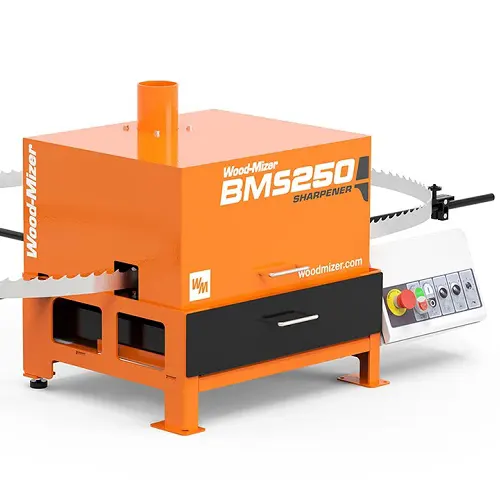
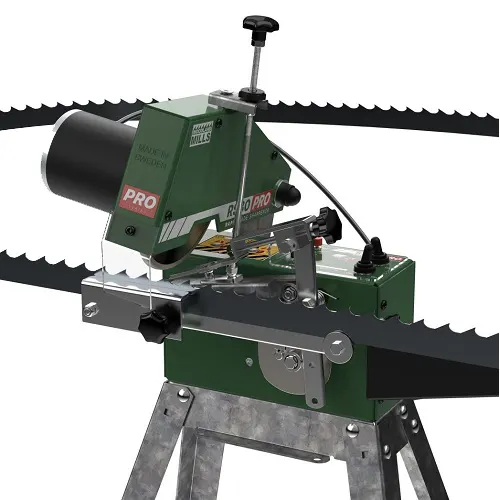
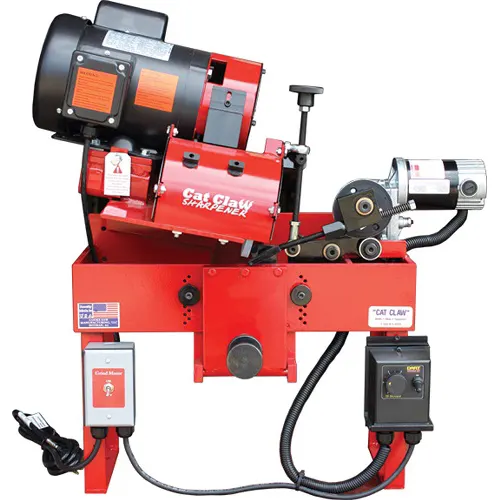
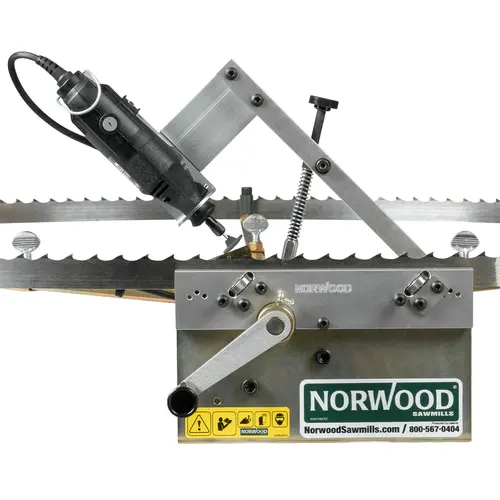
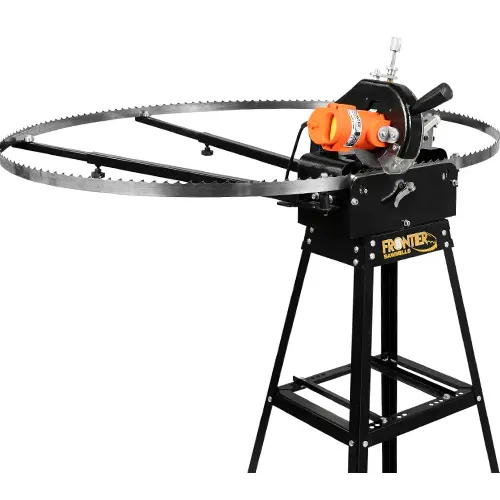
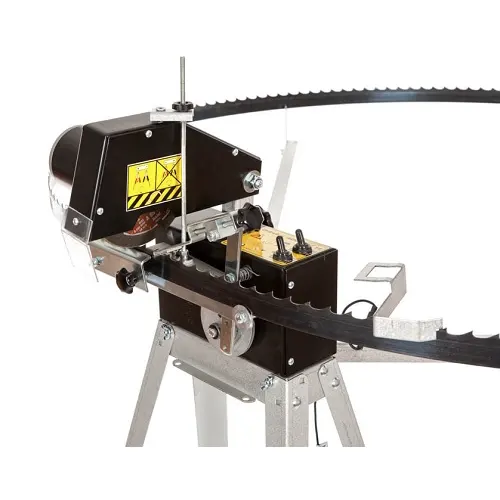


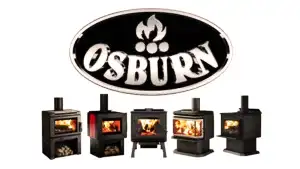


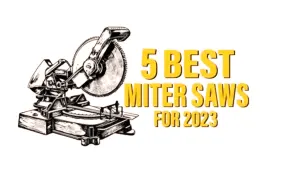






Leave your comment